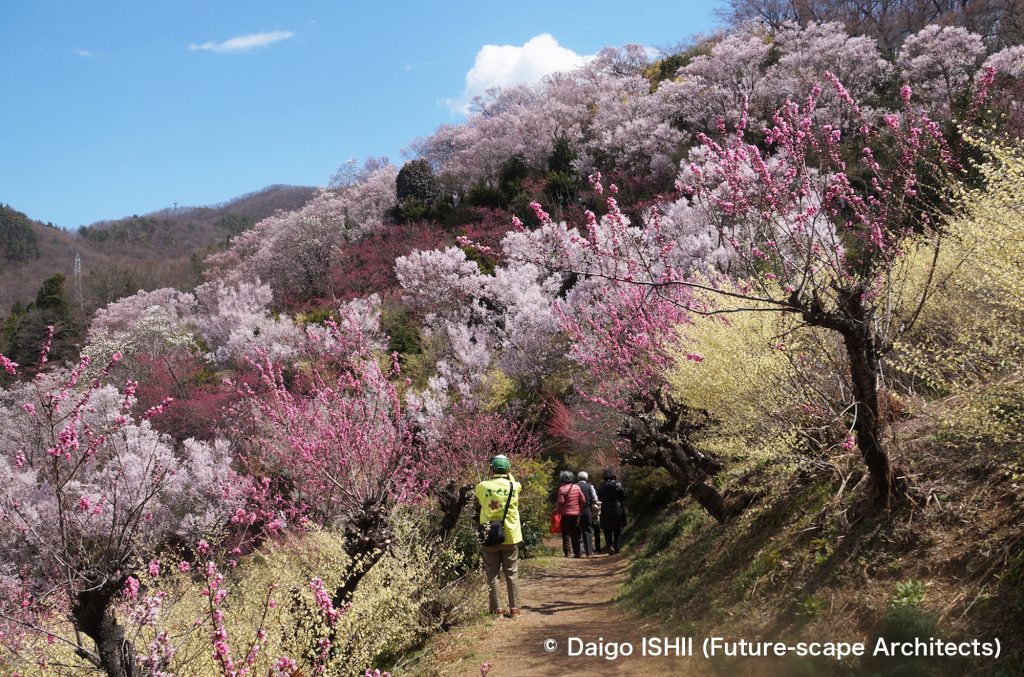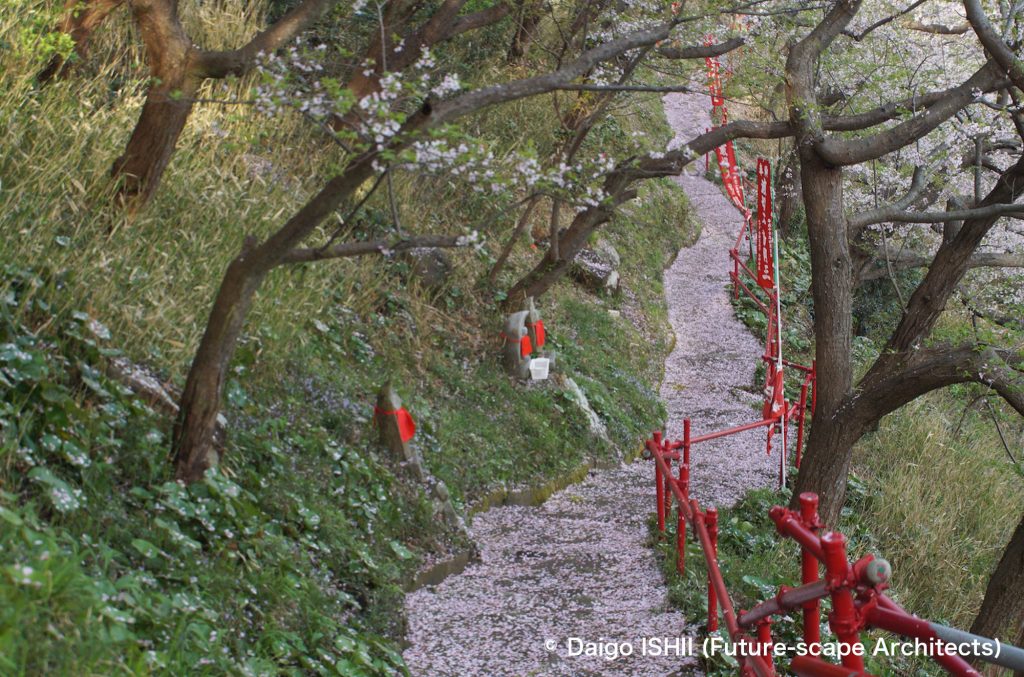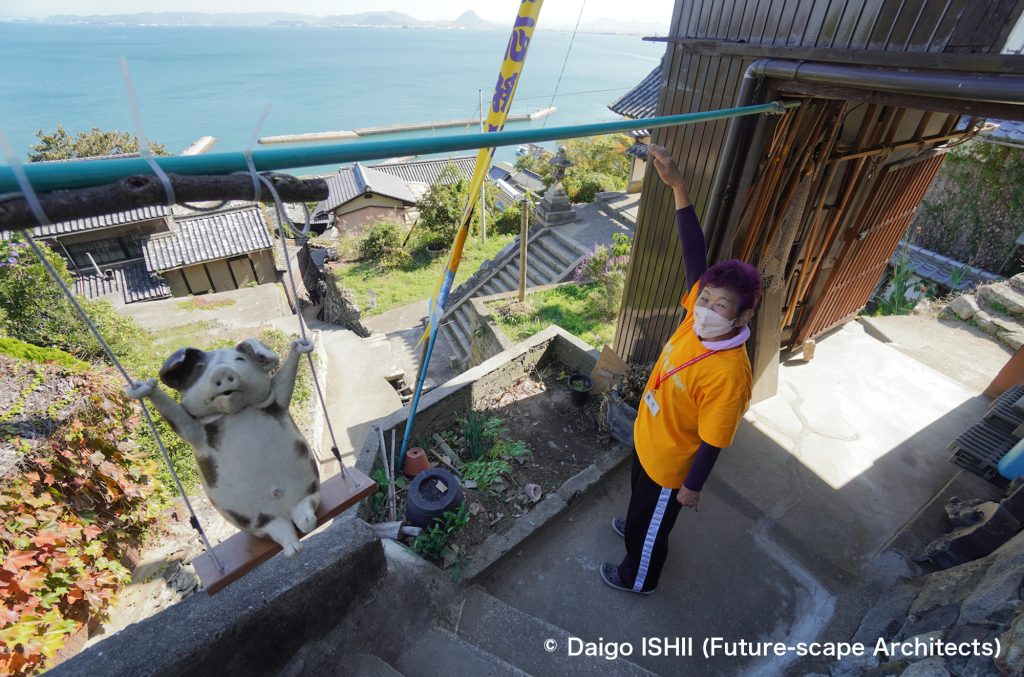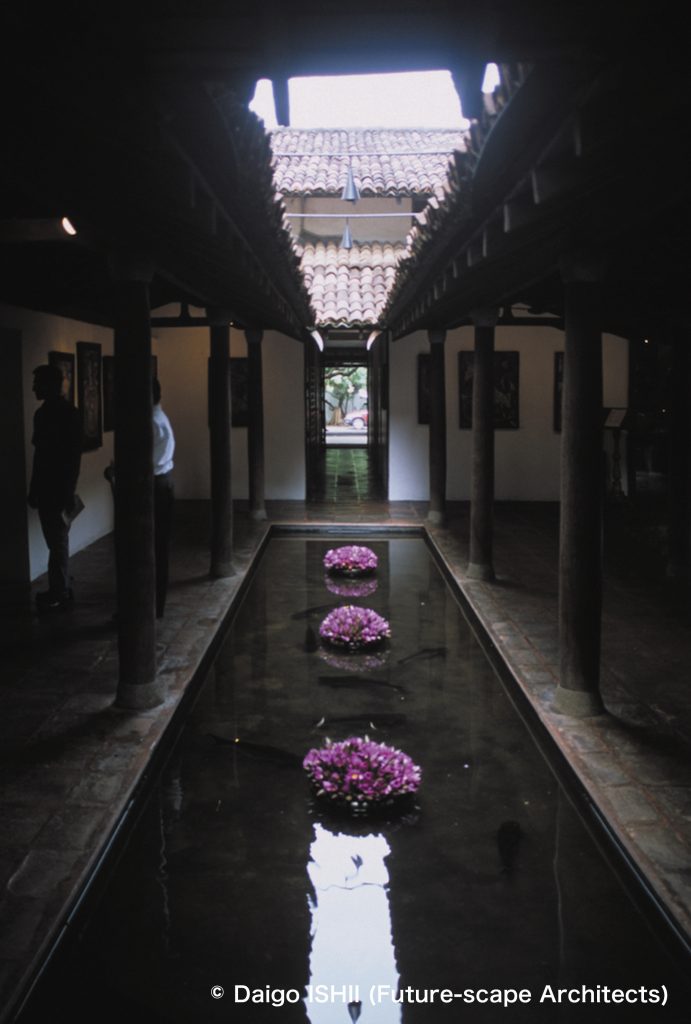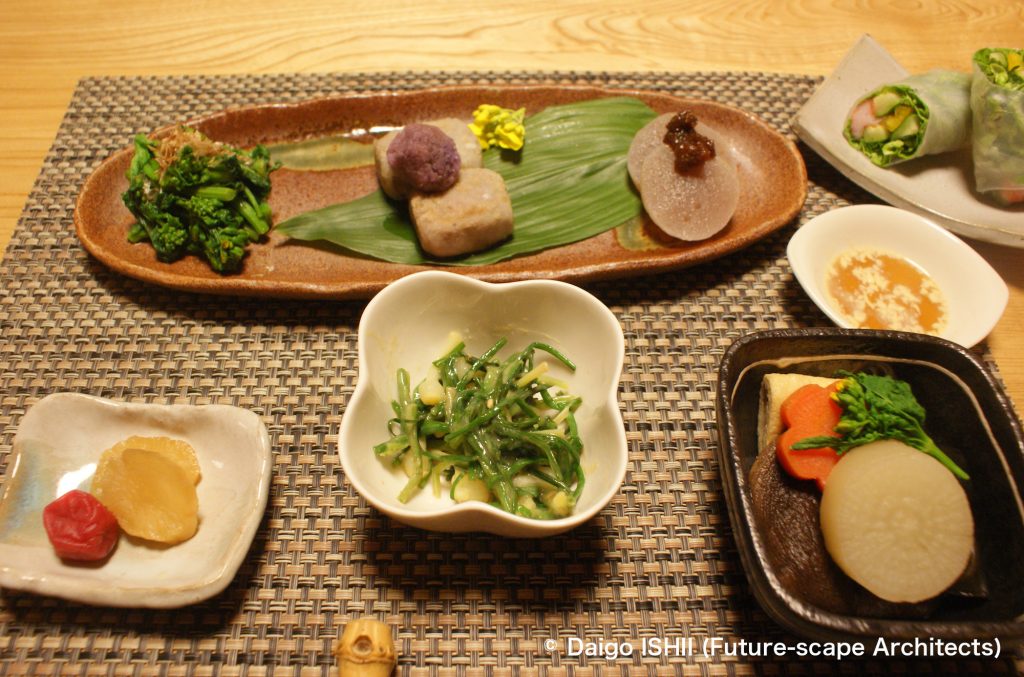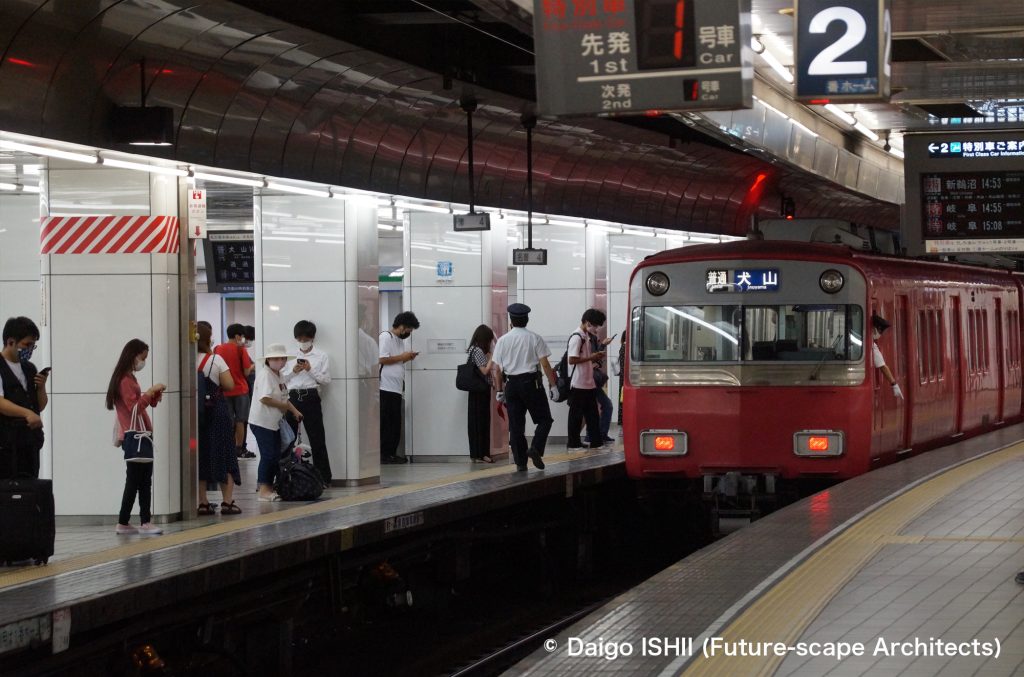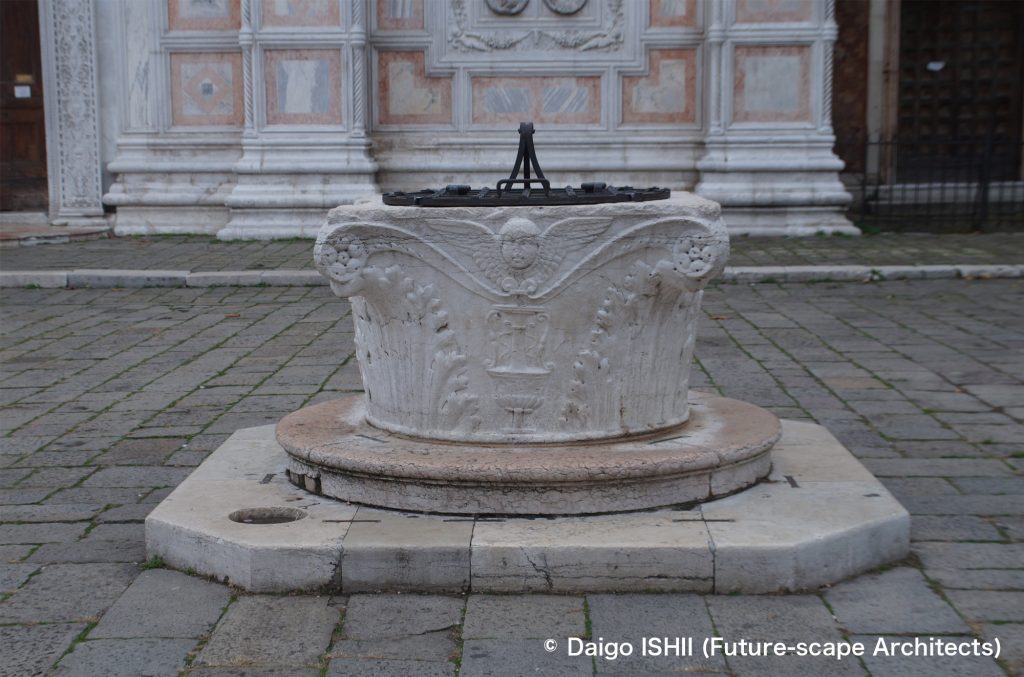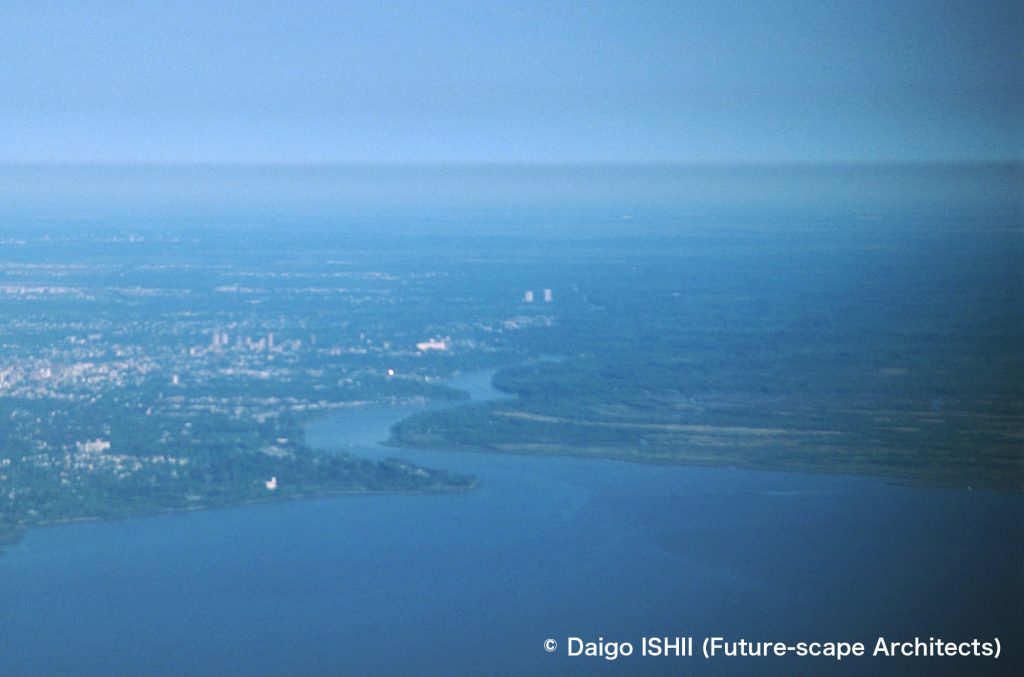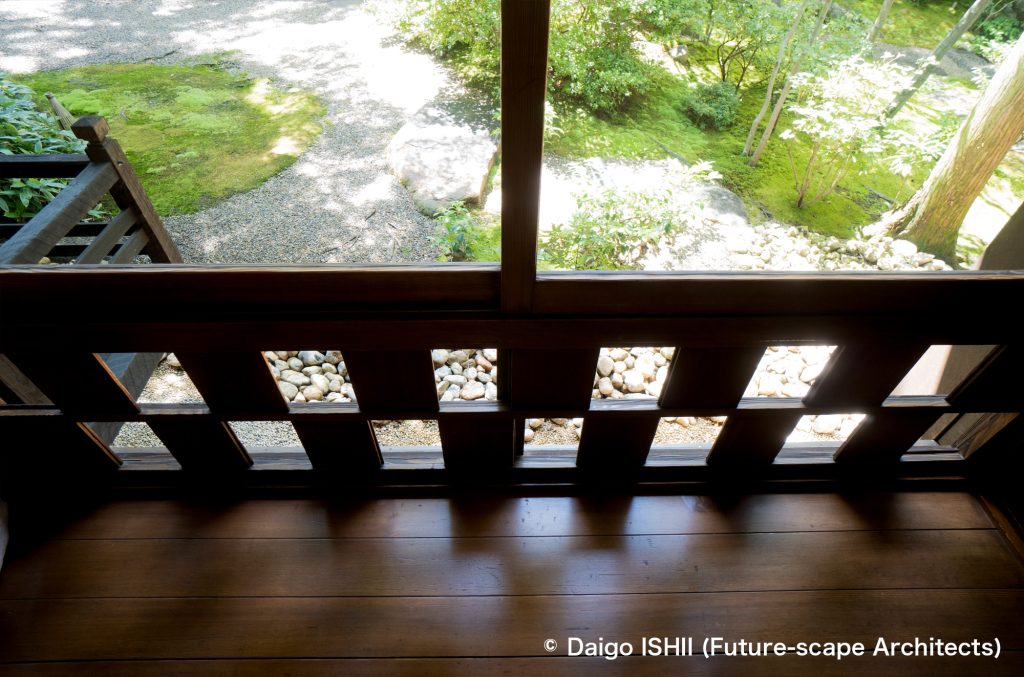The number of cherry blossoms in Yoshino is about 30,000.
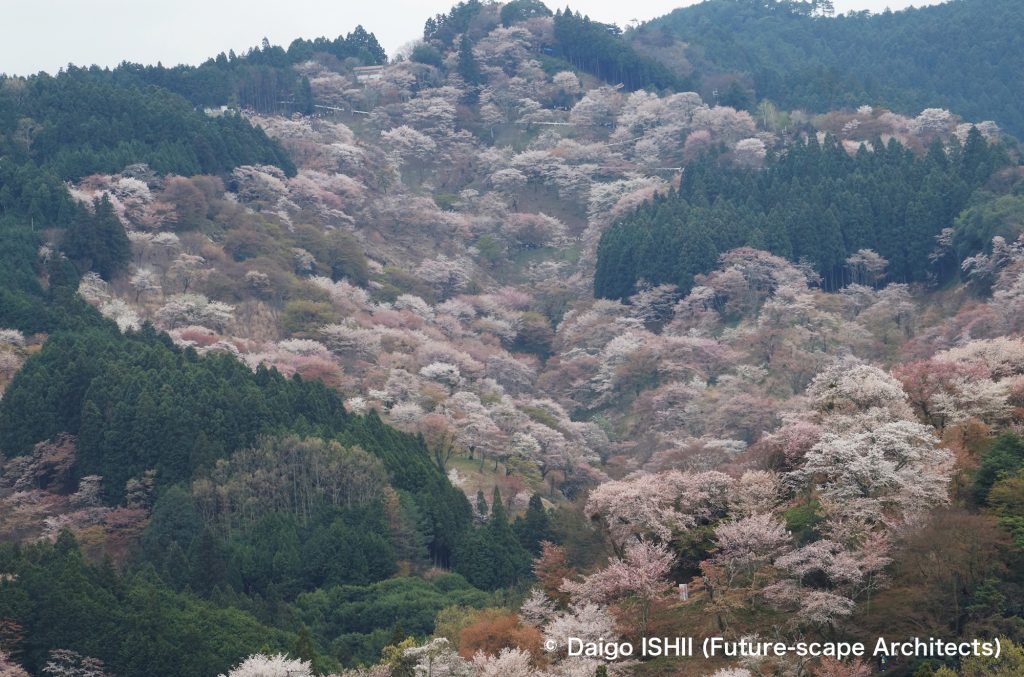
It dates to the 7th century when En-no Gyoja, founder of Shugendo (Japanese mountain asceticism), sensed a deity and carved its statue on a cherry tree to make it the principal image. The cherry tree became a sacred tree, and the worshippers began to actively plant it. That faith existed first was the difference from other spots that were established for flower viewing.
The altitude difference between Shimo-sembon at the starting point and Oku-sembon at the depths via Naka-sembon and Kami-sembon is about 500m. According to the rich mountainous terrain, the cherry blossoms becomes landscape. When looked up from below, it is like a waterfall, meanwhile, when looked down from above, it is floating like clouds. The cherry type of Yoshino is Yama-zakura. Now, the mainstream species is Somei Yoshino, which was bred selectively in the 19th century and flowers come out before leaves. But before then, Yama-sakura, which leaves and flowers come out at the same time, was the mainstream. In Yoshino, the original scenery of the cherry blossoms in Japan remains. The mountain dyes light red by the white flowers and the red young leaves.
From Shimo-sembon to Oku-sembon, it took 6 hours round trip when walking while seeing the cherry blossoms. I visited on a rainy day. I was frozen in rain-wet clothes, my shoes got wet with rain and mud, and I sometimes slipped. It was like just training. My cherry blossom viewing was suitable for the cherry blossoms of faith, but I was exhausted.
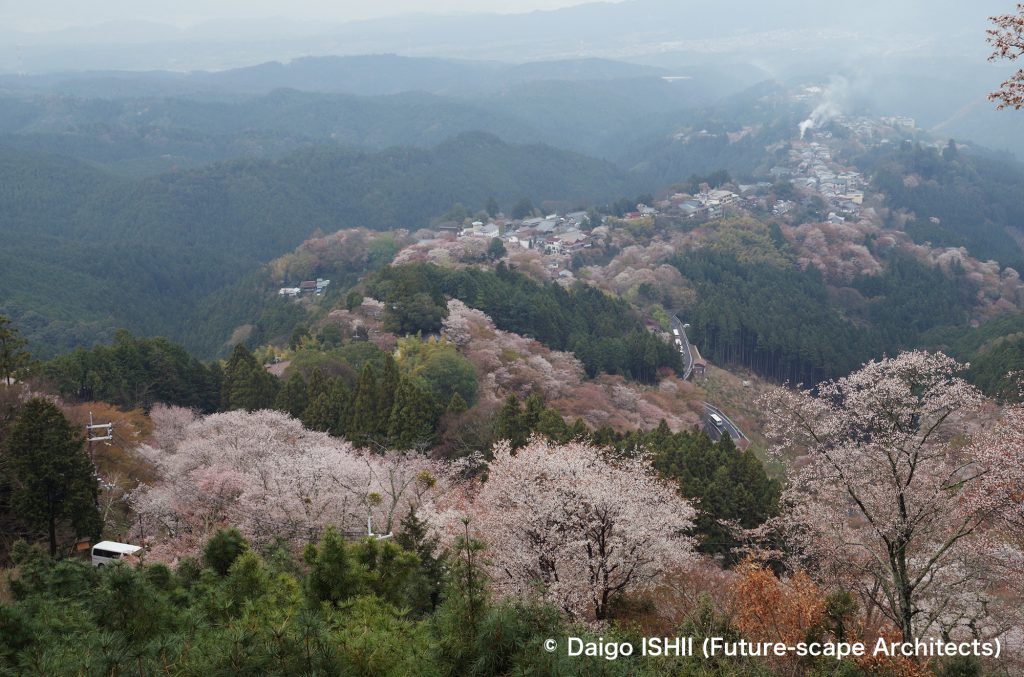
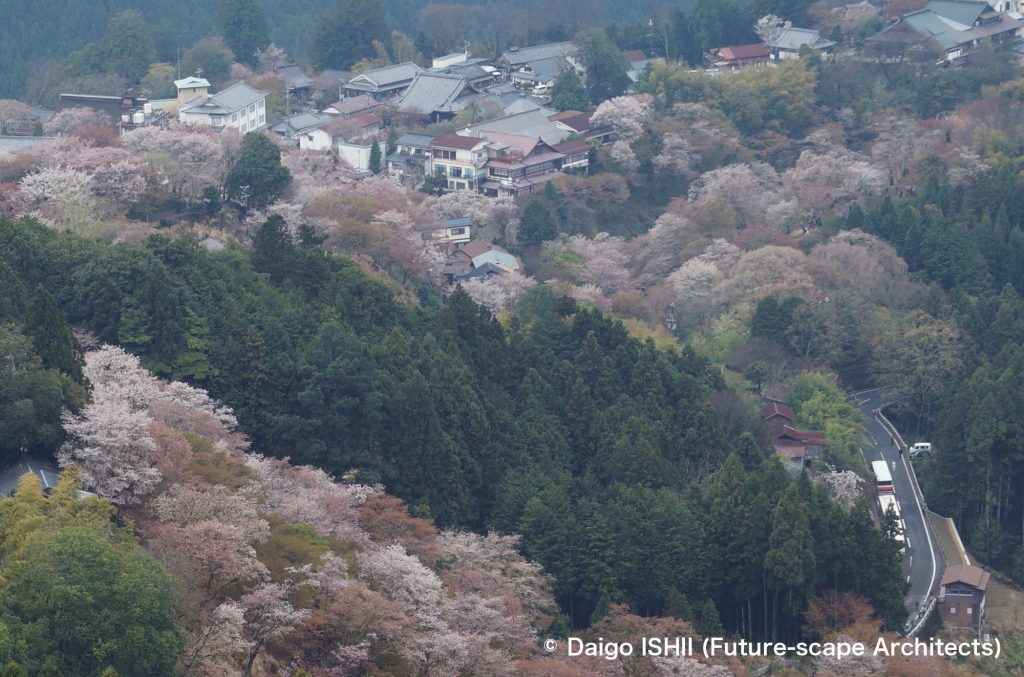
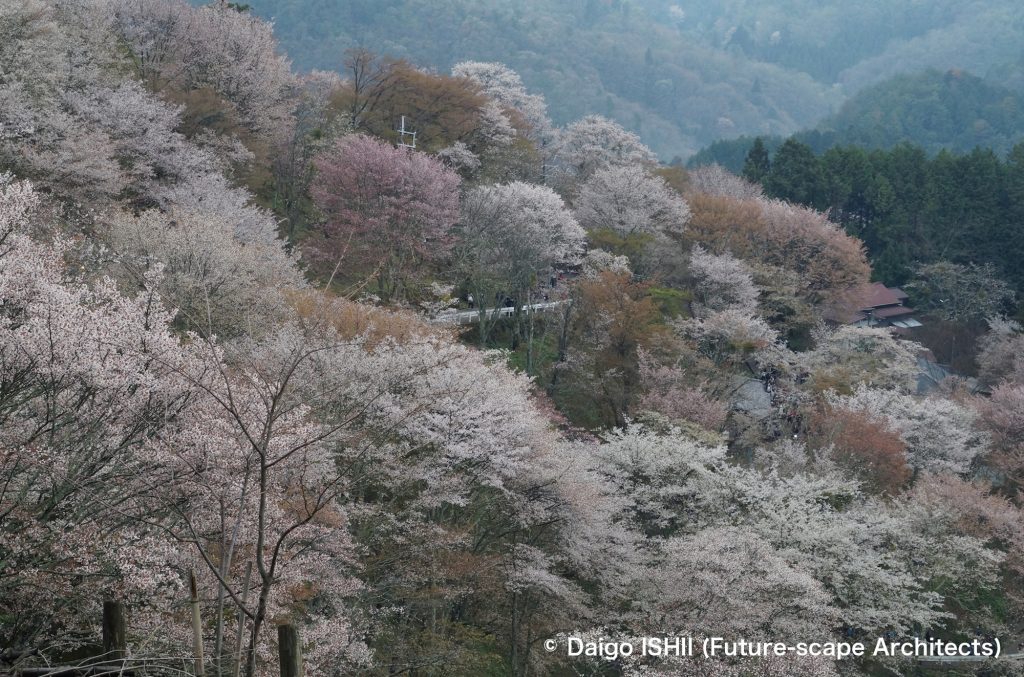
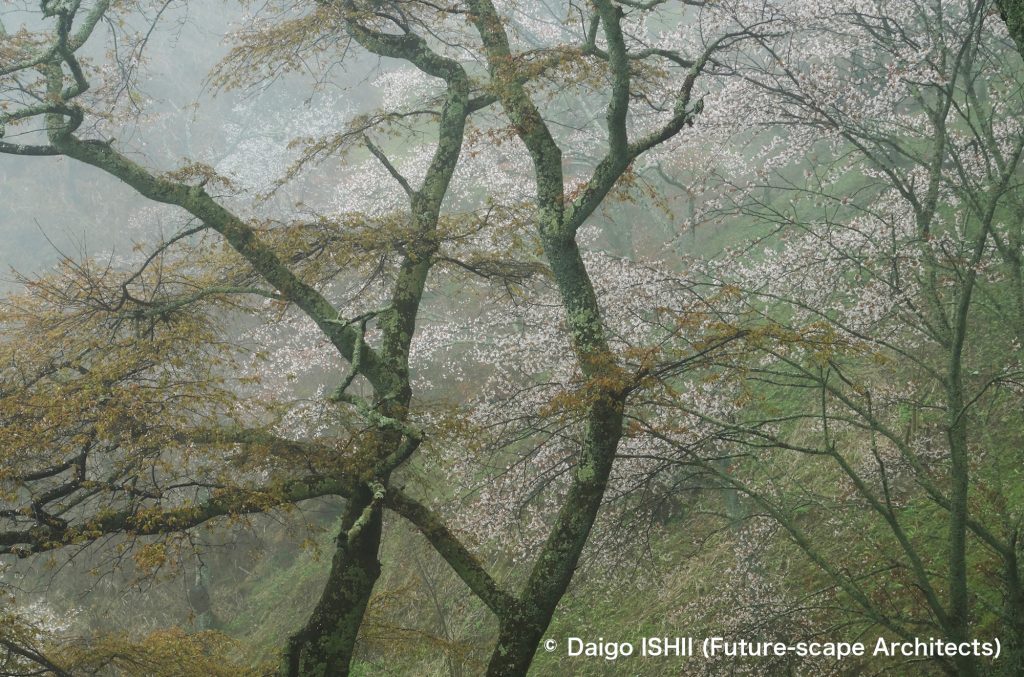
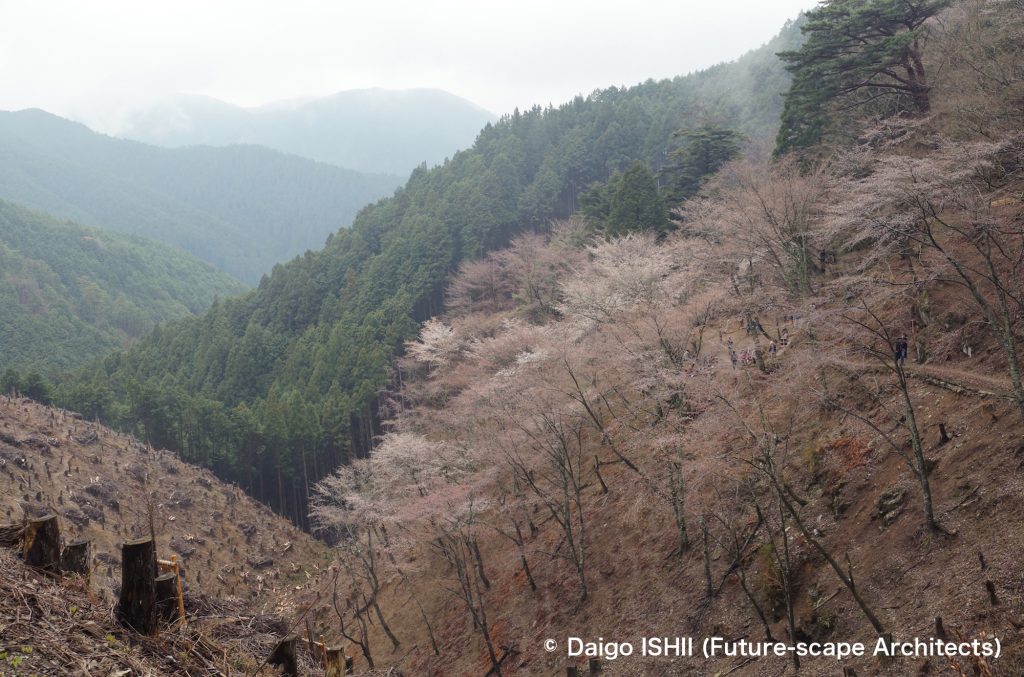
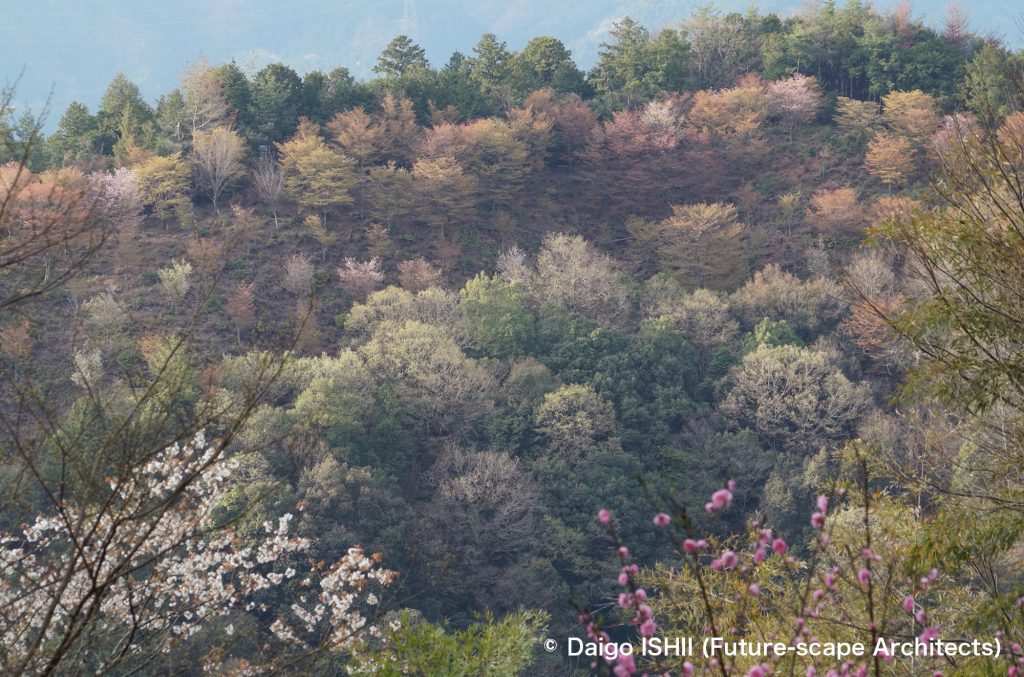
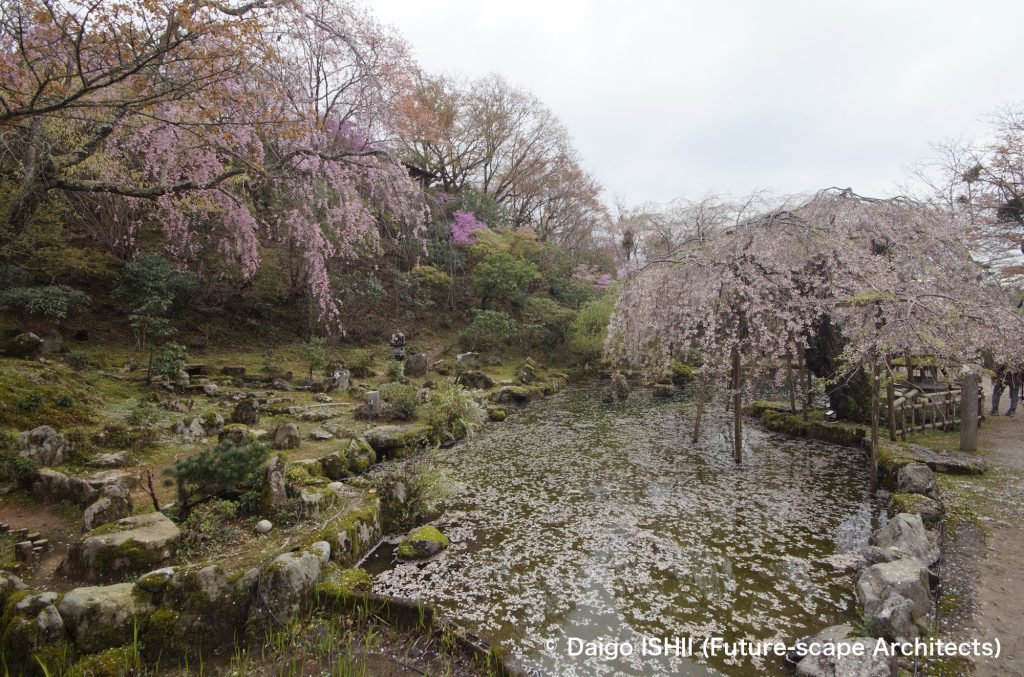
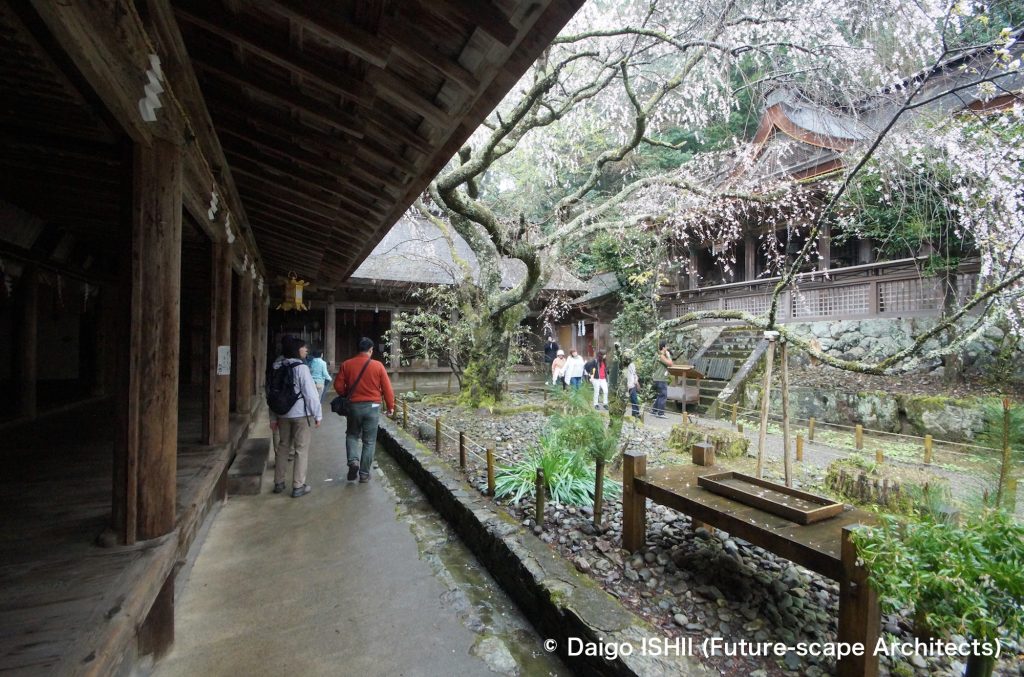
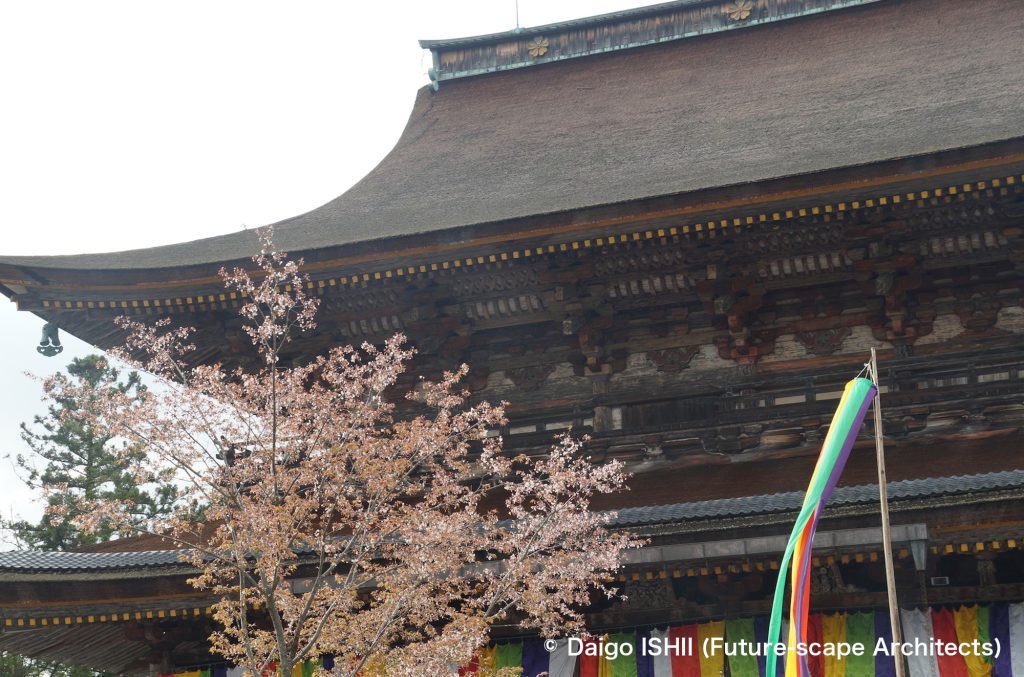
Click here for your impressions
reference
Wikipedia
Please do not use or upload our photos without permission.




